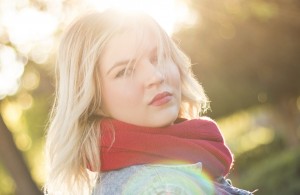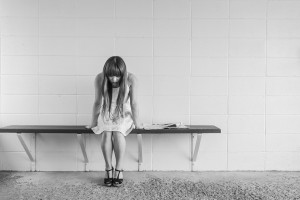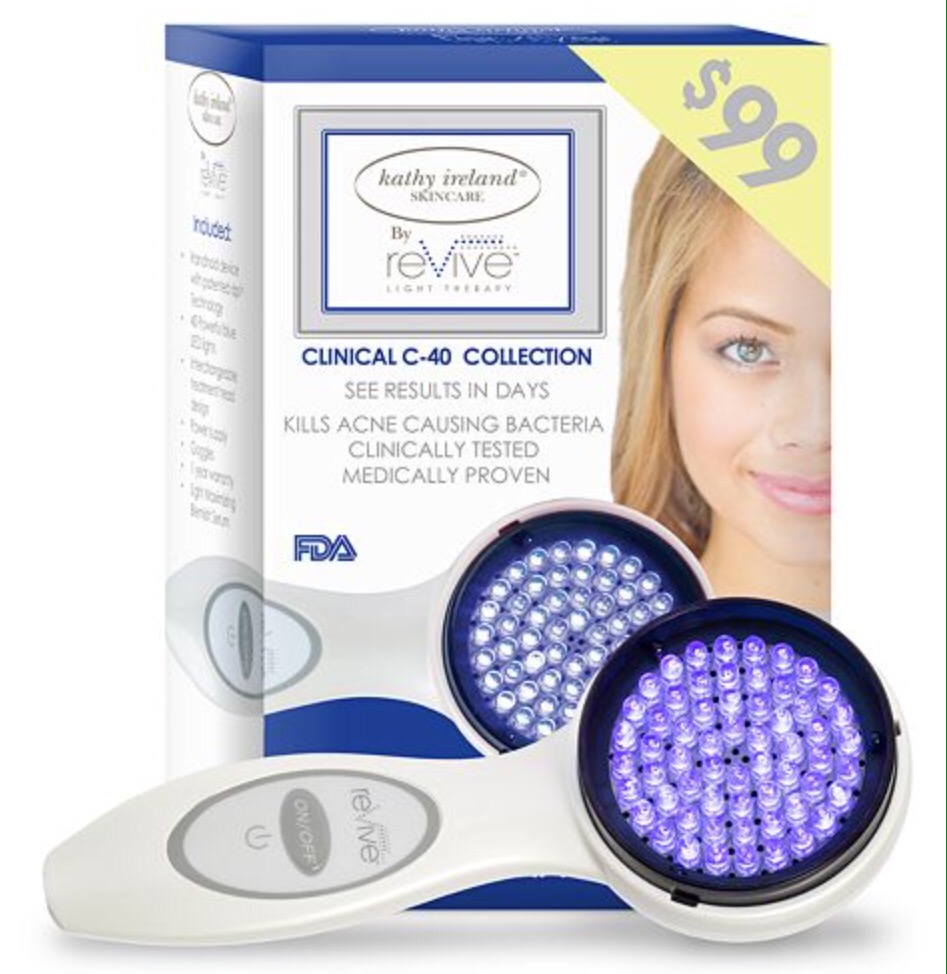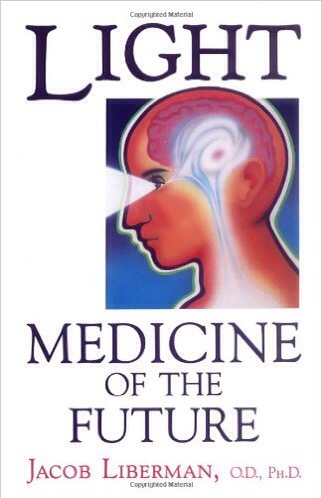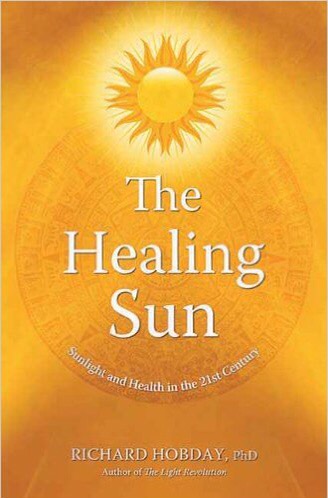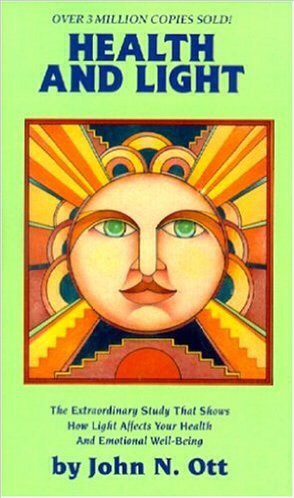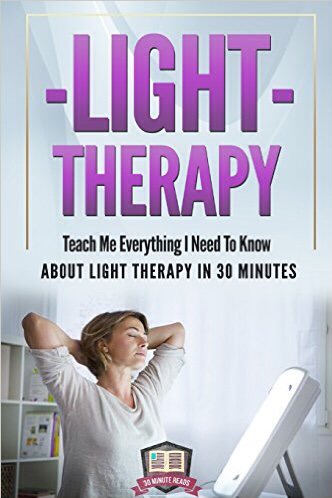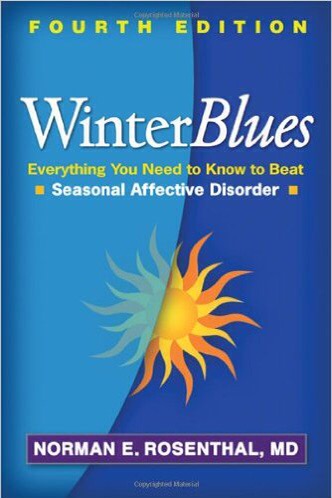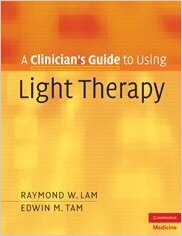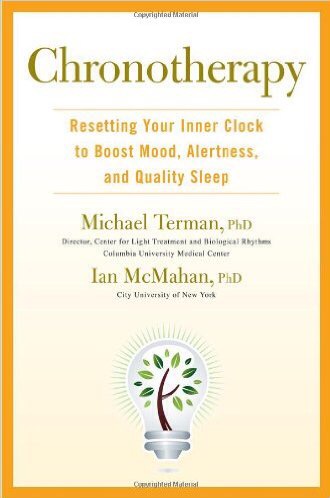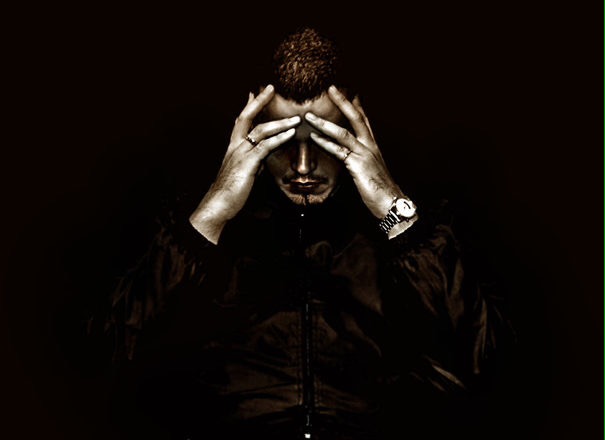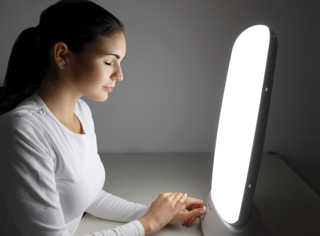
With summer right around the corner, now is the time to get your body in tip top shape! We’re not just talking about a great bikini body, we’re also talking about your mindset! The key to happiness and confidence is a healthy body, inside and out.
Light Therapy is capable of helping people achieve greatness for all aspects of their minds and bodies. With the help of Light Therapy, skin rejuvenation is simple and easy. Regular treatment sessions can cosmetically enhance all parts of your body, not just your face. A body that is capable of being active and energized starts with freedom. Chronic pain, wounds, joint and muscle pain, and more can make you feel trapped inside your body. Light Therapy treatments targeted towards pain relief can free your body and have you ready for summer adventures in no time. Similar to external pain, internal pain and stress can have us feeling trapped as well. Whether it’s depression, insomnia, or another mental condition, Light Therapy is constantly being proven effective in lifting mood and energy levels. Treatments leave patients feeling refreshed and energized, which is necessary to fully take advantage of the best season of the year!
Glowing Skin…
Many factors can contribute to your skin not being on it’s A game. Lack of sleep, a depressed mood, acne, and other skin disorders can all leave you looking tired and in need of sleep. There are two different forms of light therapy that can give you the glowing skin you want and deserve. Fighting insomnia and depression is one of the first steps to having perfect skin. Light therapy boxes and lamps are used to treat Seasonal Affective Disorder, depression, and insomnia. Spending part of your morning in front of a light therapy box/lamp can help raise energy levels as well as allow you to sleep more. Both of these results can lead to glowing skin.
Acne makes it hard to have glowing skin. Using a light therapy device targeted towards treating acne, such as a red, blue, or green light wand can kill the acne causing bacteria in your pores. Each color light has it’s owns benefits so using all three in your treatment process is going to have the best results and leave you with healthy glowing skin.
No More Wrinkles…
Light therapy can also reduce wrinkles and fine lines which will increase your confidence and have you running for the beach. The same products that are used for treating acne can be used to treat wrinkles and other cosmetic appearances that arise with age. Just because you’re getting older doesn’t mean you have to look your age, right?
Cellulite Free…
While the cosmetic appearance of your skin doesn’t actually affect your physical health, it can raise your confidence levels and have you ready for summer. The first step to the perfect bikini body is a healthy mind and body. Light therapy is proven to effectively reduce unwanted lines and markings. Red light therapy wands, lamps, and beds can be used to smooth cellulite and stretch marks anywhere on your body. Red light therapy works in a a couple different ways. In one instance, the red light increases circulation by forming new capillaries. These new capillaries speed up the healing process in damaged skin. Red light also stimulates the production of collagen. Collagen is a high elasticity protein that repairs damaged skin.
Active Body…
How are you going to feel your best for the summer if you can’t be active? Summer activities require energy and a youthful body. When fighting chronic pain, your body feels low and useless. Red light therapy is being used to treat chronic pain, joint and muscle pain, heal wounds, and more. Red light therapy wands, beds, wraps, and lamps works to treat these forms of pain in the same way it treats cosmetic details. The red light penetrates deep into the skin, all the way through to the tissue and can heal damage that is causing physical pain.
Right Mindset…
While fighting mental conditions and disorders can leave you with glowing skin, as discussed above, it also creates a healthy and long last mindset that will have you summer ready. Light therapy boxes, simulators and lamps for Seasonal Affective Disorder, depression, insomnia, jet lag and bipolar disorder work by raising seratonin levels and decreasing melatonin levels. Increasing seratonin levels in the brain is proven to effectively lift your mood, leaving you energized and ready for anything. Especially summer!
The best way to experience summer is to feel your best. Treating these 5 categories can result in confidence inside and out and energy for activities. Both of these results are crucial for the best summer ever!

